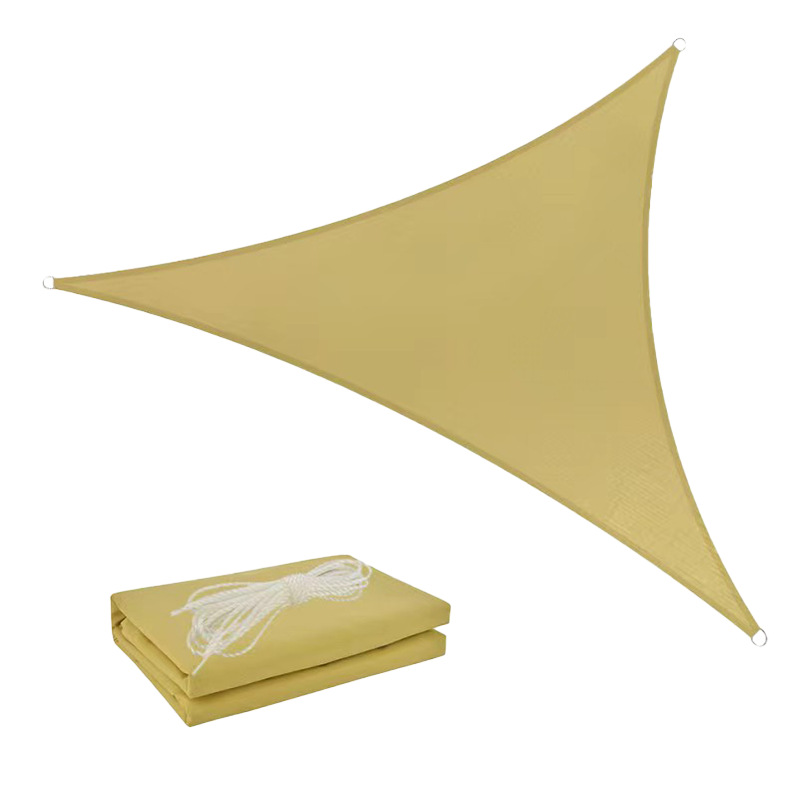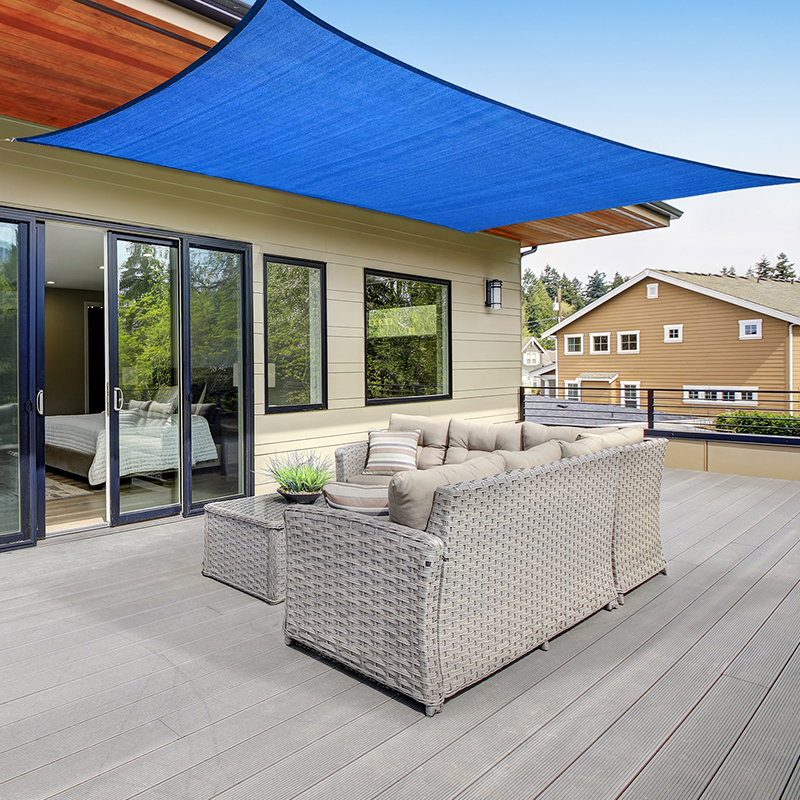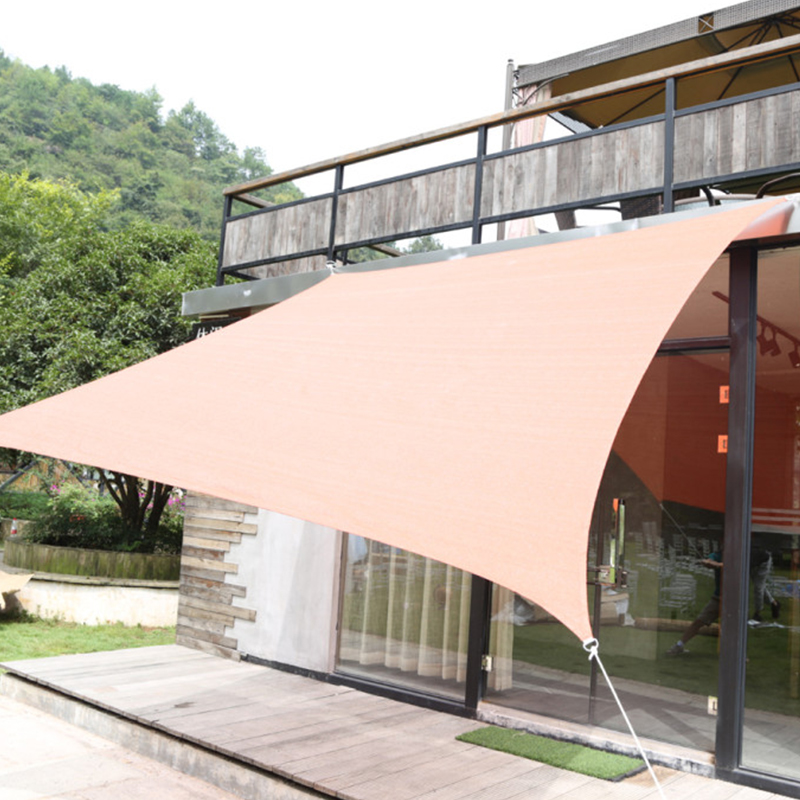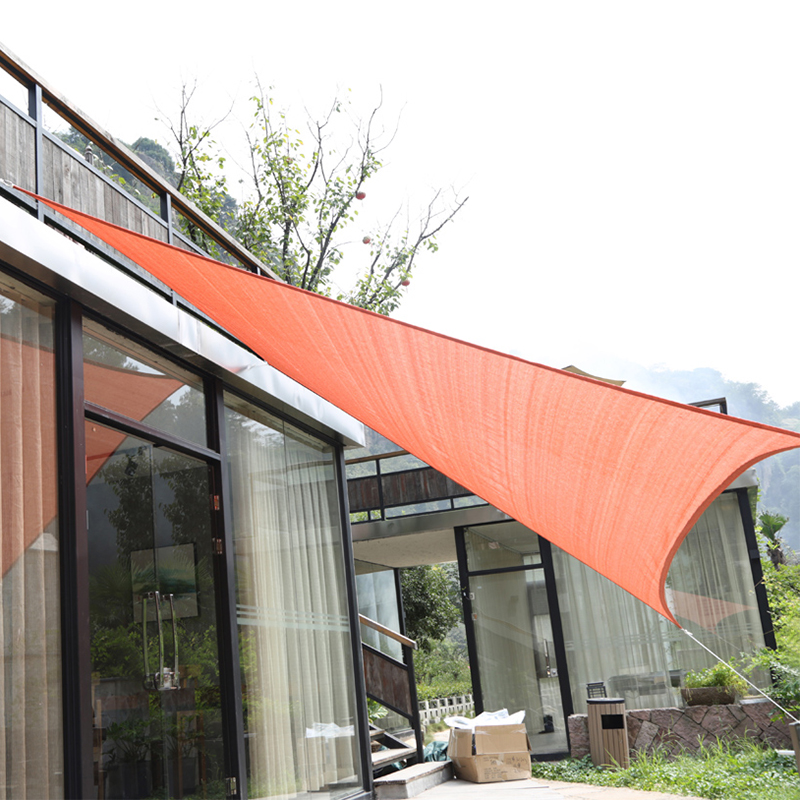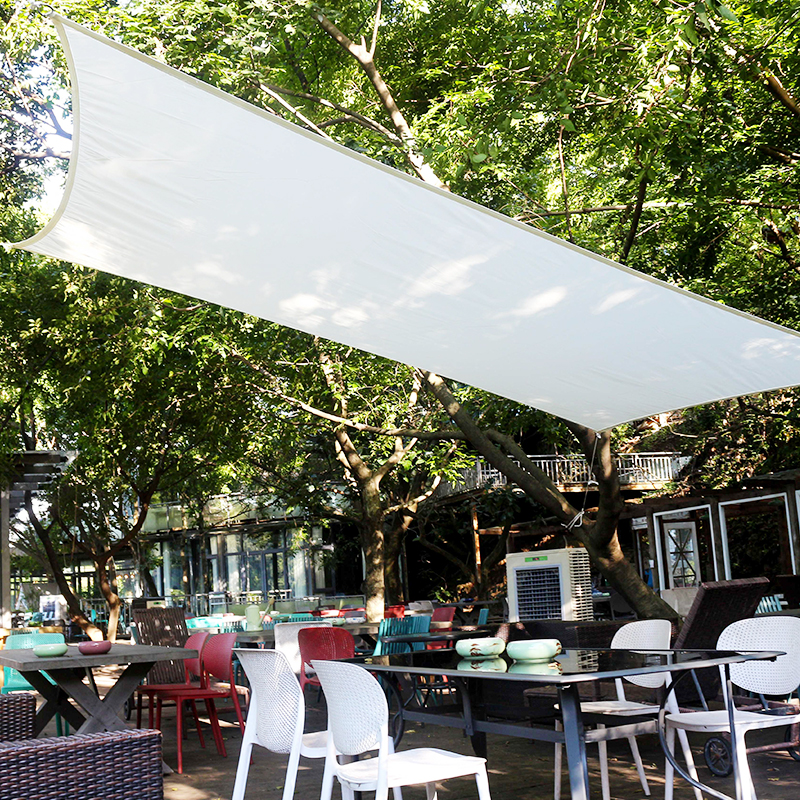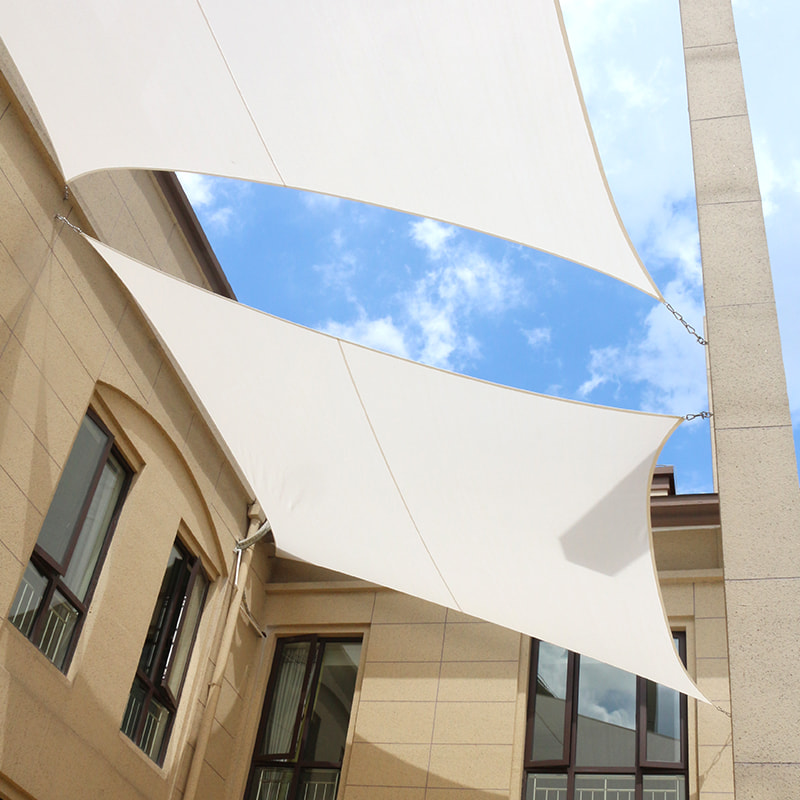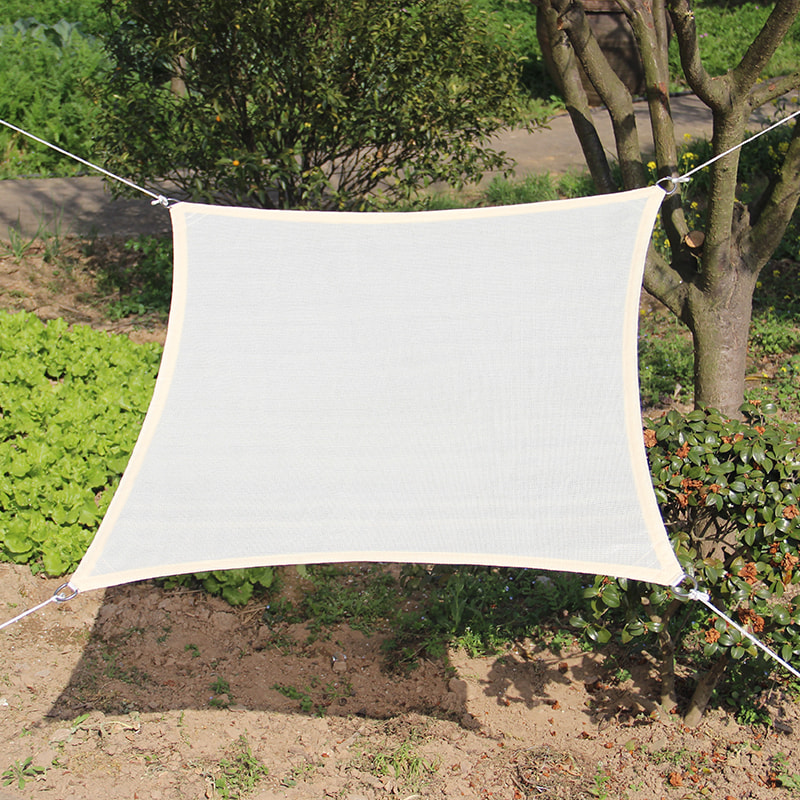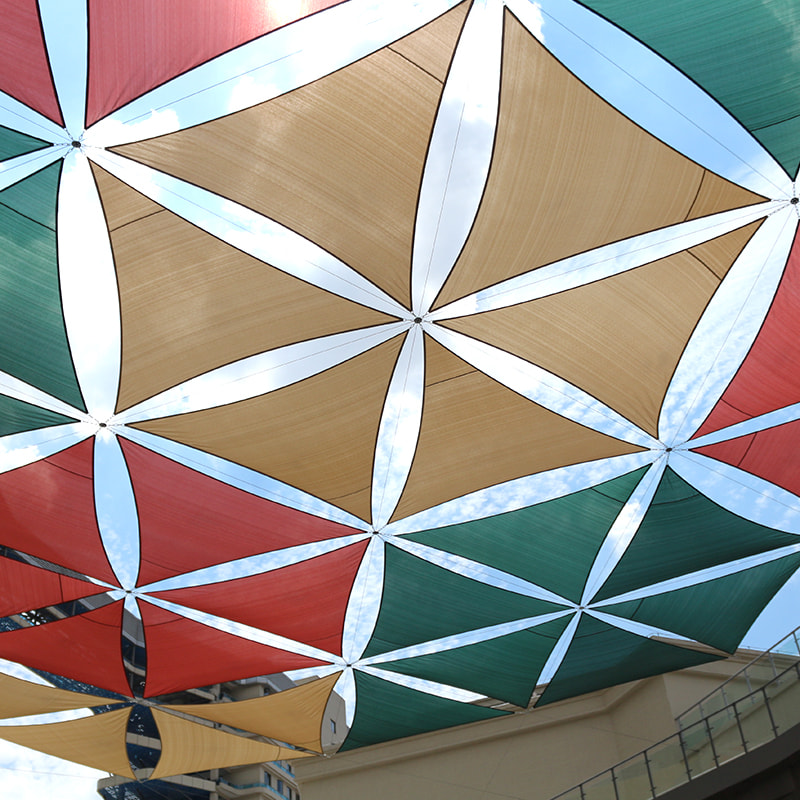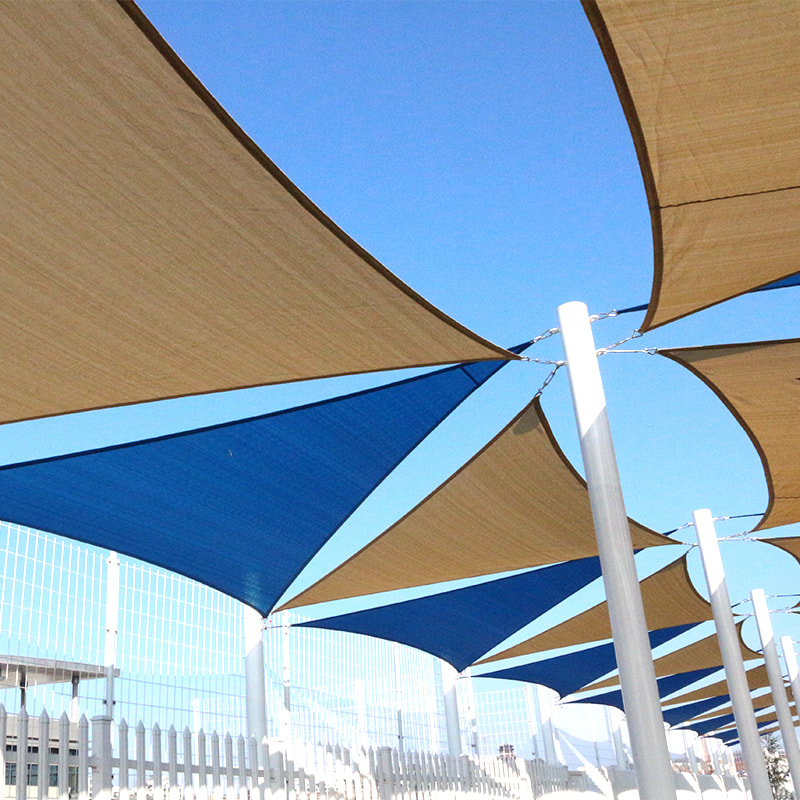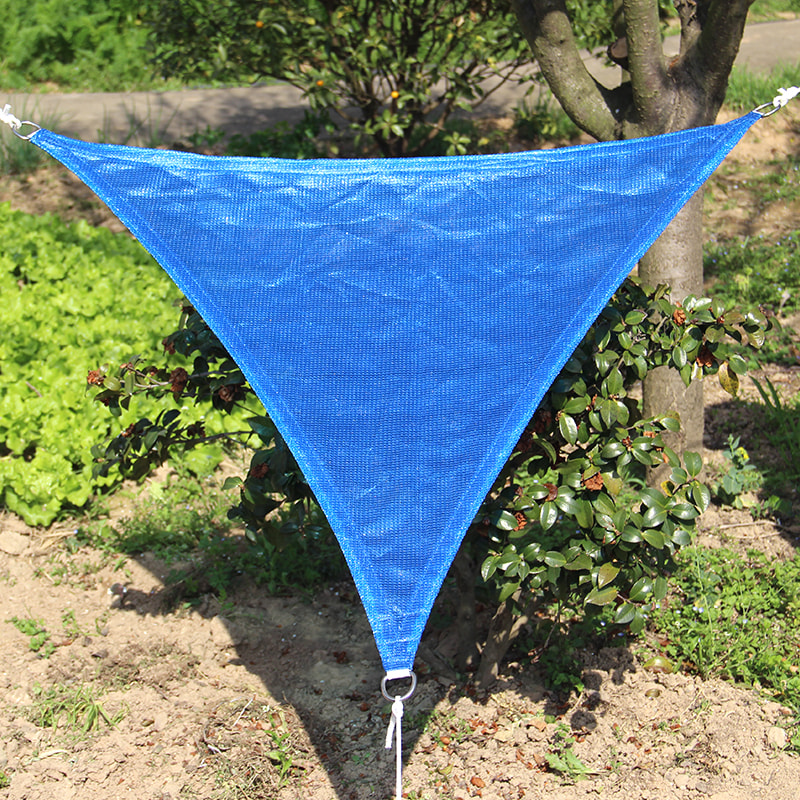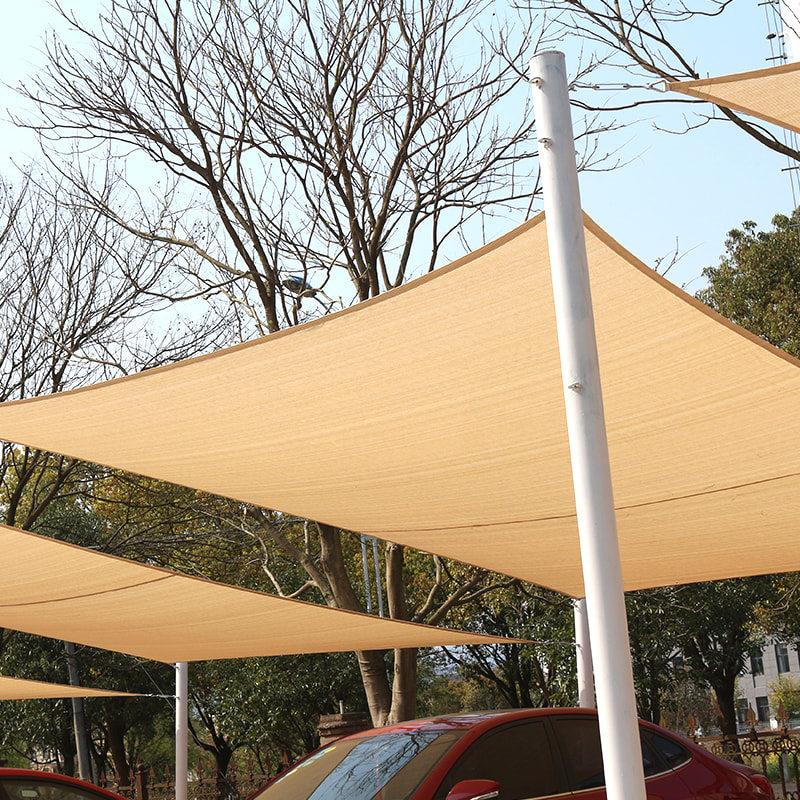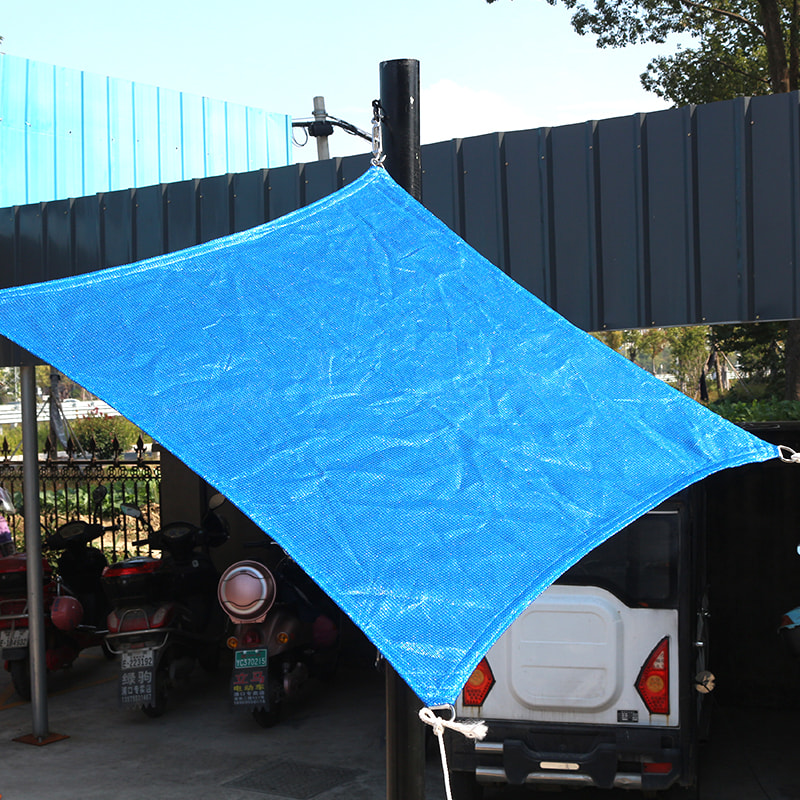How do shade nets help in pest and disease management in greenhouse agriculture?
Date:2023-10-02
Shade nets play a significant role in pest and disease management in greenhouse agriculture by providing a controlled environment that reduces the risk of infestations and infections. Here's how shade nets help in this aspect:
1.Reduced Exposure to Pests:
Shade nets act as an effective physical barrier to common greenhouse pests such as aphids, whiteflies, and thrips.
By obstructing the entry points for these pests, shade nets provide an initial line of defense against infestations.
This preventive measure reduces the need for reactive pest control measures and minimizes crop damage.
2.Temperature Regulation:
Shade nets help maintain optimal temperatures within the greenhouse by diffusing and reducing sunlight penetration.
Controlling temperature extremes, particularly excessive heat, can disrupt the growth and reproduction cycles of certain greenhouse pests.
Temperature regulation also enhances plant health and reduces stress, making plants less susceptible to diseases and pests.
3.Humidity Control:
Shade nets contribute to humidity management by preventing excessive moisture buildup within the greenhouse.
High humidity levels can create an environment conducive to fungal diseases like powdery mildew and botrytis.
Effective humidity control is essential for disease prevention and overall plant health.
4.UV Radiation Filtering:
Shade nets are designed to filter out harmful UV radiation while allowing essential visible light to reach plants.
UV radiation can damage plant tissues, compromise their immune systems, and make them more susceptible to pests and diseases.
By reducing UV exposure, shade nets provide a protective shield against UV-related plant stress.
5.Enhanced Ventilation:
Well-designed shade nets permit improved airflow and ventilation throughout the greenhouse.
Enhanced ventilation helps prevent stagnant air, reducing the likelihood of fungal and bacterial diseases.
Proper air circulation also aids in maintaining consistent temperature and humidity levels.
6.Reduced Stress on Plants:
The moderated conditions created by shade nets reduce stress on greenhouse plants.
Stressed plants are more vulnerable to infections and pest attacks, making stress reduction a key component of disease management.
Shade nets help ensure that plants remain healthy and resilient.
7.Isolation and Quarantine:
Shade netting can be strategically used to isolate and quarantine plants suspected of carrying diseases or pests.
Isolation prevents the spread of pathogens to healthy crops, effectively containing outbreaks.
This practice is essential for maintaining crop health and limiting economic losses.
8.Integrated Pest Management (IPM):
Shade nets are a valuable component of IPM strategies, emphasizing biological and preventive control measures over chemical pesticides.
By reducing the need for chemical interventions, they promote environmentally sustainable pest and disease management practices.
IPM involving shade nets aligns with broader sustainability goals.
9.Crop Specificity:
Shade netting solutions can be customized to meet the unique requirements of different crops.
Tailoring the environment to each crop's specific needs optimizes growth conditions and protection.
This customization maximizes the efficiency of pest and disease management efforts.
10.Long-Term Prevention:
Consistent use of shade nets offers ongoing protection against recurring pest and disease issues.
Over time, this proactive approach results in healthier crops, higher yields, and reduced reliance on chemical interventions.
Long-term prevention is integral to sustainable greenhouse agriculture.


Material: HDPE ( High Density Polyethylene )
Shade Rate: 50%~95%
Colors and Roll Sizes: Different colors and roll sizes are available
Pre:What are the different mounting options available for waterproof shade sails, and how do you determine the most appropriate method based on the structure and surroundings of the installation site?
Next:What are the maintenance requirements for roller blinds, and how can customers extend their lifespan?
Next:What are the maintenance requirements for roller blinds, and how can customers extend their lifespan?


 English
English Español
Español Deutsch
Deutsch